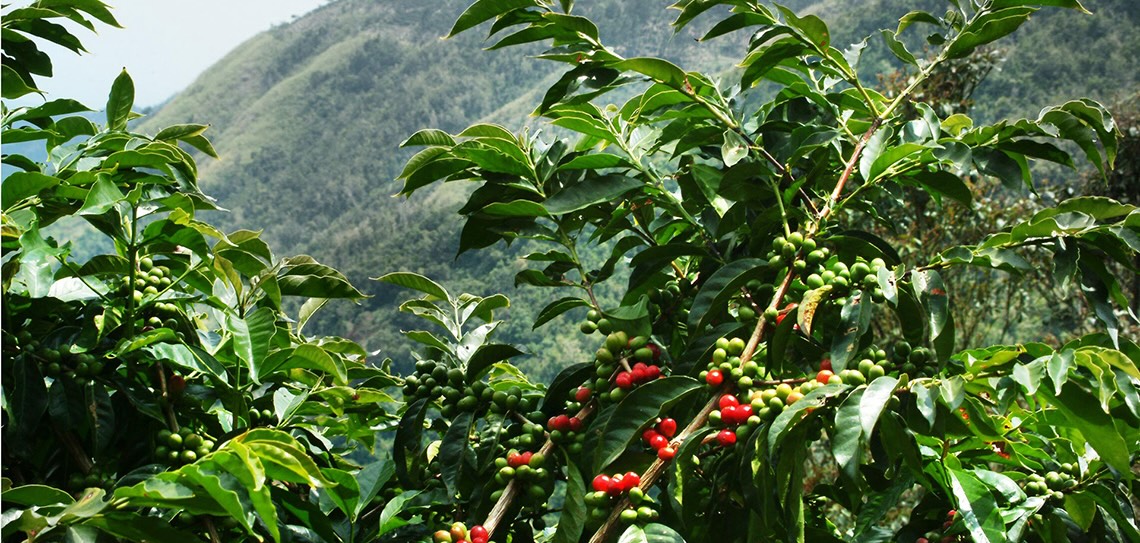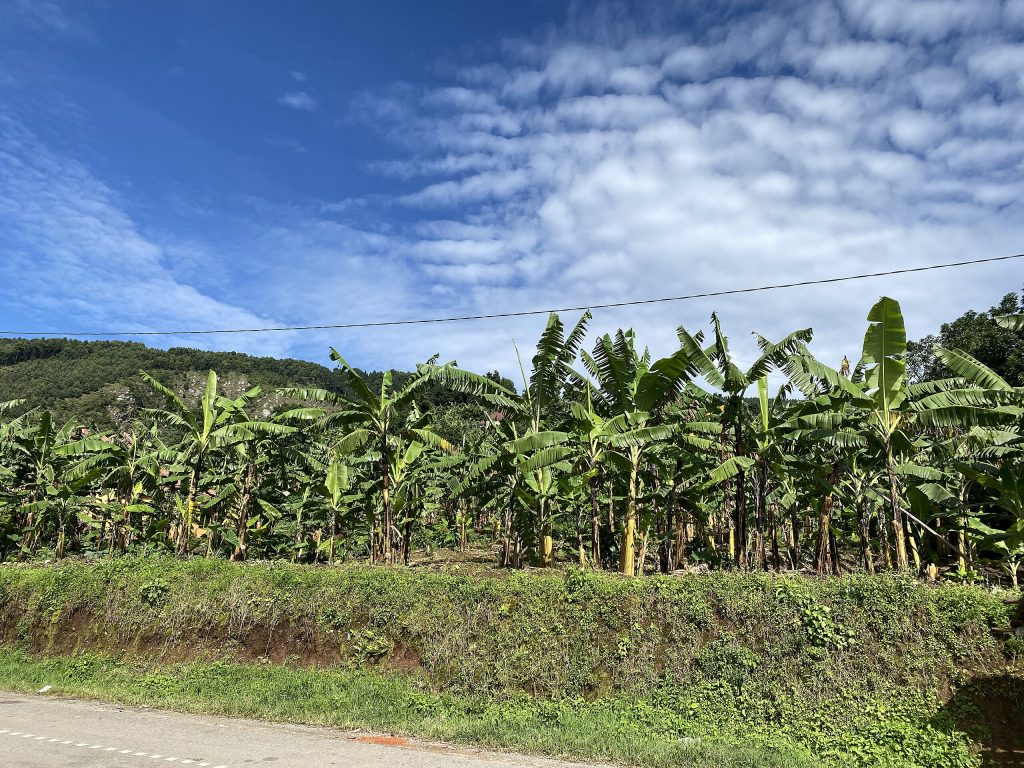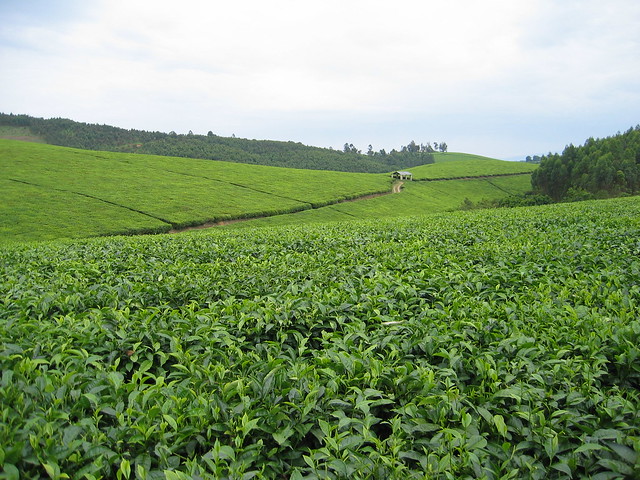Driving Uganda’s Economic Growth: The Transformative Role of Agricultural Research

Last week, we started “Conversations on the Ugandan boom” where we gave a highlight of some critical infrastructure and how these are shaping the direction of the country. In part, we also responded to elder Charles Onyango Obbo’s article published on March 5, 2025. On Agriculture, Obbo said Museveni had not achieved export driven agricultural revolution because “tea production is waning and cotton has nearly vanished.” The wars in Sudan, Egypt, and the rest of the Arab world where we exported our tea were certainly not a creation of President Museveni. His (Museveni’s) long term stance on peace and strategic security is in part, a drive to boost exports of our (now increased) valued added Agricultural products.
This article highlights the transformative Role of Agricultural Research and in driving Uganda’s Economic Growthbeyond tea, Tobacco, Coffee, Cotton
For starters, Agriculture remains the backbone of Uganda’s economic growth, contributing 23.8% to the national GDP in the FY 2022/23 and directly or indirectly employing approximately 70% of the population.
Agricultural Statistics: The GDP of the agricultural sector grew by 24%, from UGX 35,360 billion in FY 2020/21 to UGX 43,946 billion in FY 2022/23. It is still growing. Agricultural exports increased by 42% from USD 1,678 million in FY 2020/21 to USD 2,453 million in FY 2022/23. This performance was driven by increased volumes and improved quality of coffee, dairy, fish, and tea exports. Notably, coffee exports alone totaled 6.38 million bags worth USD 1.46 billion over the 12 months from November 2023 to October 2024.
Agricultural research: Uganda owes its progress and resilience to scientific research, innovation, and technological advancements, which collectively address challenges, enhance productivity, and transform farming practices. In 1992, Government established the National Agricultural Research Organization (NARO) as the apex body for agricultural research in Uganda. NARO has produced over 1,000 Technologies, Innovations, and Management Practices (TIMPs), which have positioned Uganda as a key player in agricultural innovation globally. How?
Enhancing Productivity and Food Security
Research has played a critical role in improving productivity, especially among Uganda’s staple crops, including coffee, bananas, cassava, maize, beans, groundnuts, millet, sorghum, rice, sweet potato, cowpeas, sunflower, sesame/simsim and tea. To improve productivity and food security, NARO has released a range of improved crop varieties that are resistant to pests and diseases and suited to Uganda’s climatic conditions.
In the coffee sector, the introduction of 10 coffee wilt disease-resistant varieties since 2007 has led coffee production from a low of 2 million bags in 2005/06 to 8 million bags by 2021. In 2023/24, Uganda’s coffee export earnings reached a record high of $1.14 billion, largely attributed to increased productivity and quality.
- In maize production, NARO has released over 50 varieties, including 26 stress-tolerant hybrids between 2010 and 2020, contributing to a steady increase in annual maize production to over 4 million metric tons.
- Banana Bacterial Wilt (BBW): NARO released banana varieties such as the FHIA series, which are resistant to the disease and provide better yields.
- With Cassava, NARO released 19 disease-resistant varieties and are in cultivation, including NASE 3, NASE 14, and NARO-CASS 1, which are resistant to Cassava Mosaic Disease and Cassava Brown Streak Disease. These improved varieties have significantly contributed to stabilizing cassava production and ensuring food security for millions of Ugandans. . In cassava, NARO’s release of 19 varieties since 1994 has helped farmers tackle challenges posed by diseases like cassava mosaic and brown streak, ensuring stable production and enhancing food security across the country.
- In rice production, NARO’s efforts to promote 20 high-yielding rice varieties, such as NARORICE 1-4, have helped increase rice productivity from a national average of 1.2 tons/ha to 2.2 tons/ha for upland rice and 2.5 tons/ha for lowland rice, moving the country closer to self-sufficiency at 70%.
- The introduction of biofortified sweet potato varieties like NASPOT 1-10 and NARO SPOT 6 and 7 has significantly improved nutrition among vulnerable communitiesAmong other key crops.
- NARO has released 32 bean varieties, including drought-tolerant types like NAROBEAN 6 and 7, and varieties enriched with iron and zinc, such as the NABE and NAROBEAN series, which have helped address nutrition and income needs.
- In the sorghum sector, improved varieties like Epuripur and SESO 1 have been crucial for food security and income, particularly in semi-arid areas, and these are also used in brewing popular beers like Eagle Lager.
- Groundnut production has also benefited from the release of 29 varieties since 1930s, including drought-tolerant Serenut and Naronut series, enhancing farmers’ resilience to climate challenges.
- In sunflower cultivation, NARO has introduced three varieties, which have improved yields and oil content.


Climate Resilience and Sustainable Farming Practices
- NARO has developed several climate-resilient crop varieties to help farmers adapt to changing climatic conditions including the drought-tolerant maize varieties which are capable of producing stable yields even under low rainfall conditions.
- In the beans sector, NARO introduced the NABE series known for their drought tolerance and ability to thrive under unpredictable weather conditions. These resilient varieties, coupled with research-driven practices like conservation agriculture, have provided farmers with the tools to maintain productivity in the face of climate variability.
Improving Livestock and Animal Health
- In the livestock sector, NARO has introduced improved goat and cattle breeds, such as the crossbreeds of the indigenous Ankole cattle with Friesian cattle, which combine disease resistance with high milk yields.
- NARO developed an anti-tick vaccine with field-based trials determining the safety, efficacy, and effectiveness at 93.2%. A facility with a capacity to produce over 20 million doses annually is being constructed at Nakyesasa, Wakiso district and it will be only the second recombinant vaccine production facility globally, after one in Cuba.
- Two Foot and Mouth Disease (FMD) candidate vaccines have been developed, awaiting while 6 African swine fever virus isolates have been purified to aid in formulation of at least three African Swine Fever (ASF) candidate vaccines.
- NARO maintains over 1,000 pasture varieties to improve the nutrition of livestock. NARO released a new variety of forage with a high crude protein content of 26%, high grain yield and high protein digestibility. NARO has also released resilient foda species, suitable for zero grazing.
- NARO’s research in poultry has also led to the release of improved varieties like the Kuroiler chicken, known for its faster growth rate and higher egg production compared to traditional breeds. Research is ongoing to boost productivity and economic value of local chicken. These improvements have been instrumental in enhancing productivity, food security, and household income for farmers across Uganda.

Fisheries Research
NARO’s National Fisheries Resources Research Institute (NaFIRRI), has also developed improved fish strains to support sustainable aquaculture production and development. For instance, NARO improved a strain of Nile tilapia (growing at 2.4 g per day) and another of African catfish (growing at 3.0 g per day). These improved strains are characterized by faster growth and better adaptation to local conditions. They have provided fish farmers with a reliable source of quality fish seed for optimising fish yields and increasing aquaculture production. This will help to reduce fishing pressure on natural fish stocks in lakes and rivers.
To address the challenge of quality and cost-effective fish feed in Uganda, nine (9) locally grown crop varieties with high nutritional qualities were identified for producing cost-effective feeds to boost commercial aquaculture in Uganda. Three fish feed formulas have been developed for juvenile and grow out Nile tilapia and African catfish based on these local crop varieties.
In response to the challenge of inadequate fisheries data, NaFIRRI developed an innovative electronic Catch Assessment Survey (e-CAS) tool, enabling real-time data collection and submission from lakes Albert and Victoria. Current efforts are focused on scaling up the tool across other water bodies, to further enhance sustainable fisheries management.

